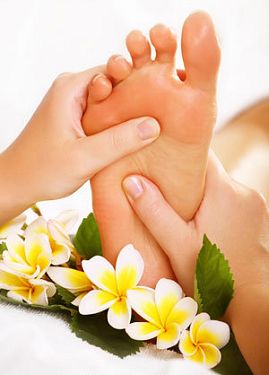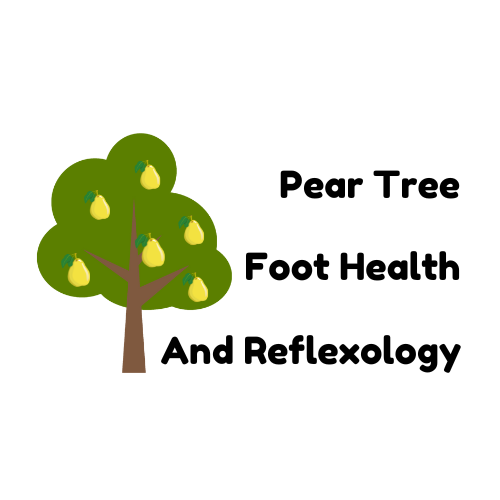What is reflexology?
In need to de-stress and unwind? Looking for a relaxing and soothing reflexology treatment in the comfort of your own home with no need to get in a car or travel afterwards? I can offer just that.
Whether you are looking to have a course of treatments, regular appointments or occasional visits, I offer quality reflexology treatments.
Reflexology is a non-invasive natural complementary therapy that helps to

- boost well-being
- release tension
- improve mood and
- sleep
It gives you the opportunity to allow the body and mind to reset. Thumb or finger pressure is used on specific points of the feet (or in some instances the hands) known as reflexes. It works on the theory that these reflex points map via the nervous system to corresponding parts of the body and by stimulating them it encourages the body to balance and heal itself. This holistic approach works on the health of the whole person, rather than one particular symptom, to promote equilibrium emotionally, mentally and physically.
Who is it for?
Reflexology is deeply relaxing for both body and mind for people of all ages.
Why not try it to de-stress? Symptoms of stress can manifest themselves in all sorts of ways. It can bring on physical symptoms such as constipation, digestive issues, recurrent illnesses such as colds, headaches, heart palpitations, frequent urination, loss of appetite, fatigue, muscle tenseness, to name a few. We can also suffer emotionally or mentally and feel anxious, distressed, worried, withdrawn, easily agitated, inadequate or frustrated. By becoming more relaxed you are helping to promote the right conditions in the body for self-healing. Reflexologists can not claim to cure, prescribe or diagnose and should not be used as an alternative to seeing a doctor. However, it can be used alongside other medical treatments.
What to expect
As a mobile reflexologist I will come to you. Before the appointment you might wish to think about where in your house you’d like it to take place, preferably somewhere that’s distraction free. Do you want any background music? Would you like to light a candle? I have clients who employ the use of Alexa, some who listen to their e-books through headphones, whilst others enjoy a bit of silence. Some people like to chat, others use it as an opportunity to shut their eyes; I'll be completely led by you on this - this is your time.
On arrival I will set up my reclining chair which, even before I start working on your feet, you’ll find incredibly relaxing and supportive. Then all you need to do is remove any shoes or socks, sit back and relax. Having carried out a fullconsultation to understand your medical history, general lifestyle and any presenting conditions beforehand I will use this information to tailor the treatment to your needs.
People find reflexology an enjoyable and deeply relaxing experience but there may be the occasional tender area indicating a reflexology imbalance. Working these may help to release tensions and restore the body's natural balance. Some clients see large changes from experiencing reflexology but it is a totally individual thing. The only way you can see if it works for you is to give it a go.
The treatment will last 50-55 minutes and at the end I will offer any aftercare advice relevant to you.
Lower Back or neck pain?
I attended Dr Carol Samuel's course on Pain Management, an introduction to Nerve Reflexology which was a combination of theory and practice for supporting clients who may present with lower back or neck pain. This gave me an opportunity to learn about the nerve reflex points in conjunction with neuro-anatomy and physiology with respect to pain. If you have pain in your back or neck areas then do get in contact to find out how it works and how I might help you.
For more information about reflexology please visit the Association of Reflexologists (AoR)'s site - AoR
